Determination of the reference interval for urine kidney injury molecule-1 in healthy cats
This study aimed to establish a reference interval (RI) for urine kidney injury molecule-1 (KIM-1) in healthy cats. An RI for urine KIM-1 in healthy cats would be useful for the interpretation of test results in disease states
History, physical examination, blood pressure, and feline immunodeficiency virus and feline leukemia virus serology status were determined. A complete blood cell count, serum biochemical profile, urinalysis and kidney ultrasound were performed, and N-terminal pro-brain natriuretic peptide, total thyroxine (TT4) and urine KIM-1 were measured. An RI was calculated and the effect of age, sex, body condition score (BCS), blood pressure, symmetric dimethylarginine (SDMA), serum creatinine concentration (SCr), phosphorus, TT4, urine specific gravity (USG) and mid-sagittal kidney length on urine KIM-1 was evaluated using a general linear model.
Of 69 recruited cats, 50 met the inclusion criteria. There were 35 male cats and 15 female cats, with a median age of 4.3 years (range 1.0-12.3), median weight of 5.11 kg (range 2.52-8.45) and median BCS of 6/9 (range 3-8). The median serum concentrations were SDMA 11.0 µg/dl (range 2-14), SCr 88.5 µmol/l (range 47-136), phosphorus 1.41 mmol/l (range 0.8-2.2) and TT4 32.0 nmol/l (range 17-51). Median USG was 1.057 (range 1.035-1.076), mid-sagittal left kidney length was 3.50 cm (range 2.94-4.45) and mid-sagittal right kidney length was 3.70 cm (range 3.06-4.55). The derived RI for urine KIM-1 was 0.02-0.68. USG was a significant (P <0.001) predictor of urine KIM-1. Individually, age, sex, blood pressure, BCS, SDMA, SCr, phosphorus, TT4 and mid-sagittal kidney length were not significant predictors of urine KIM-1. In a multivariate model, if combined with USG, SDMA concentration was predictive (P = 0.030) of urine KIM-1.
In conclusion, urine concentration was significantly correlated with urine KIM-1, which will be an important consideration when interpreting findings in cats with potential kidney injury.
“Determination of the reference interval for urine kidney injury molecule-1 in 50 healthy cats”. Tori Brown, et al. J Feline Med Surg. 2024 Apr;26(4):1098612X241238923.
Source: https://journals.sagepub.com/doi/full/10.1177/1098612X241238923


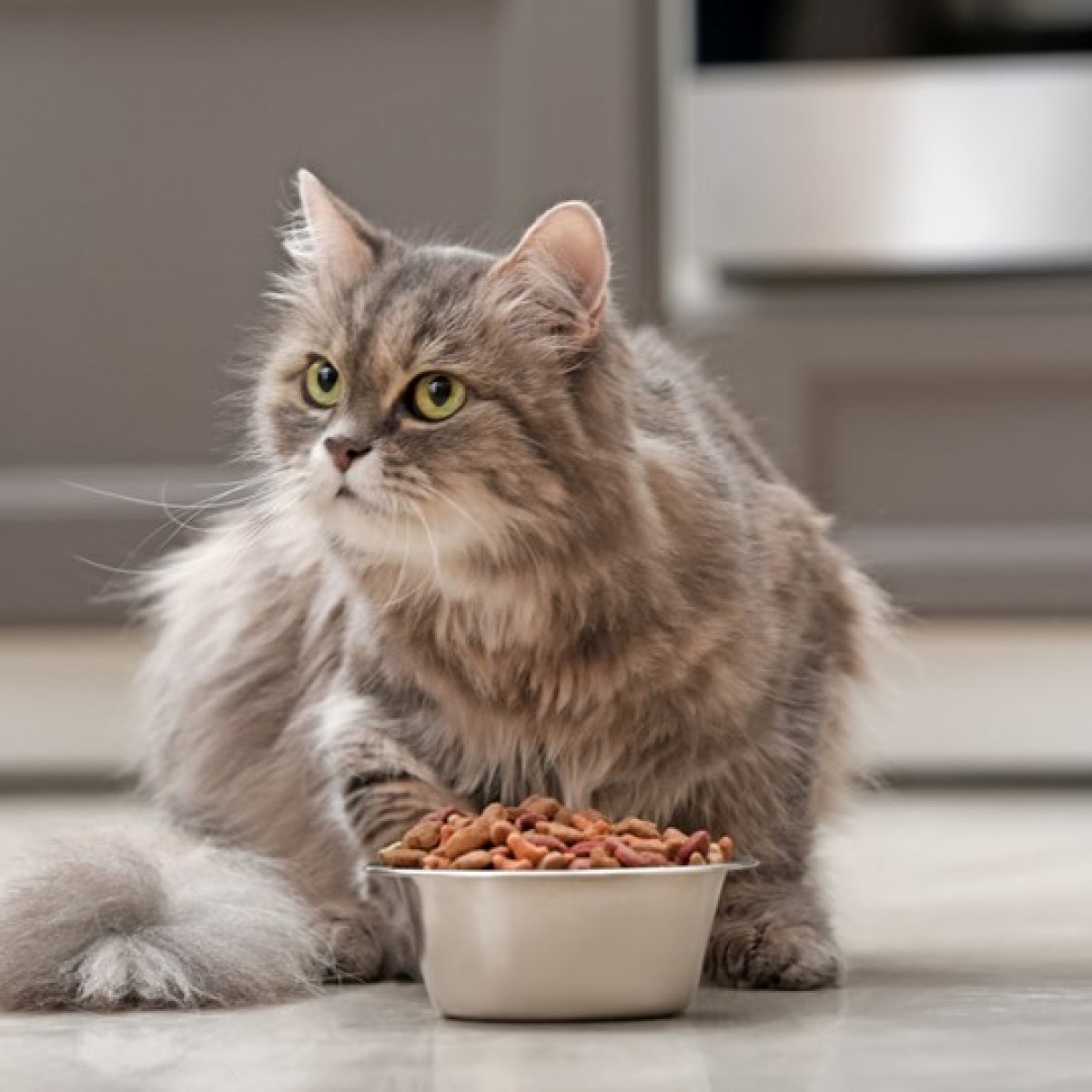

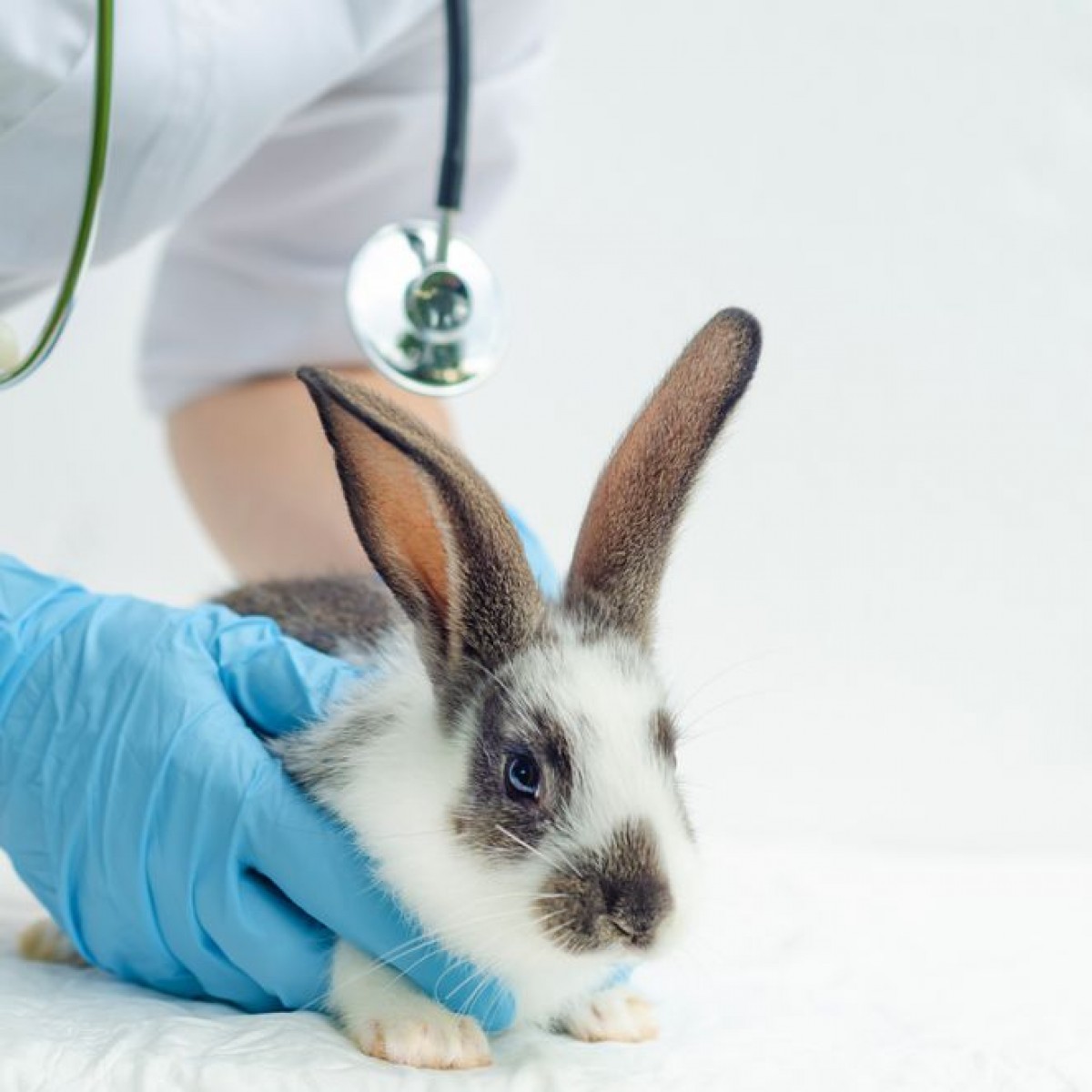


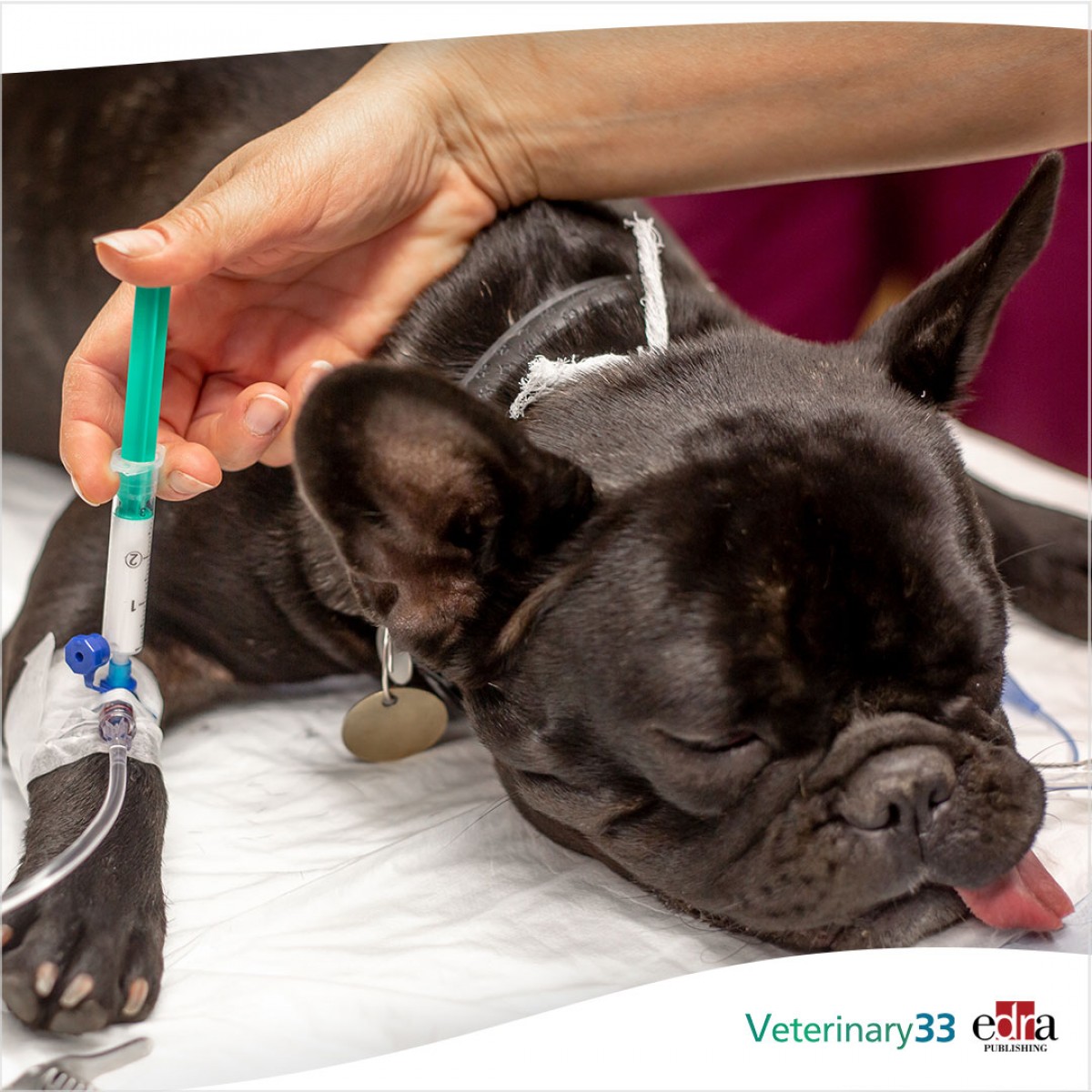



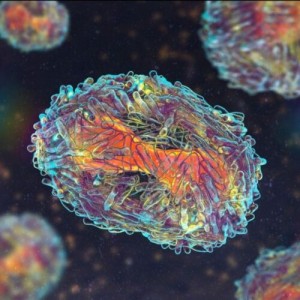
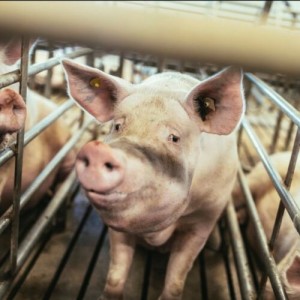

List
Add
Please enter a comment